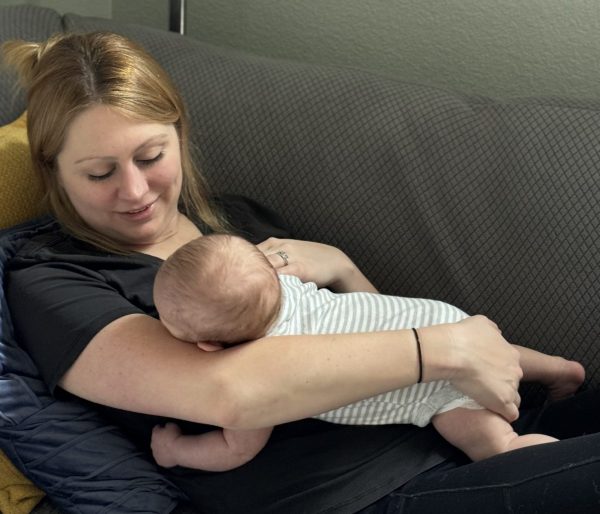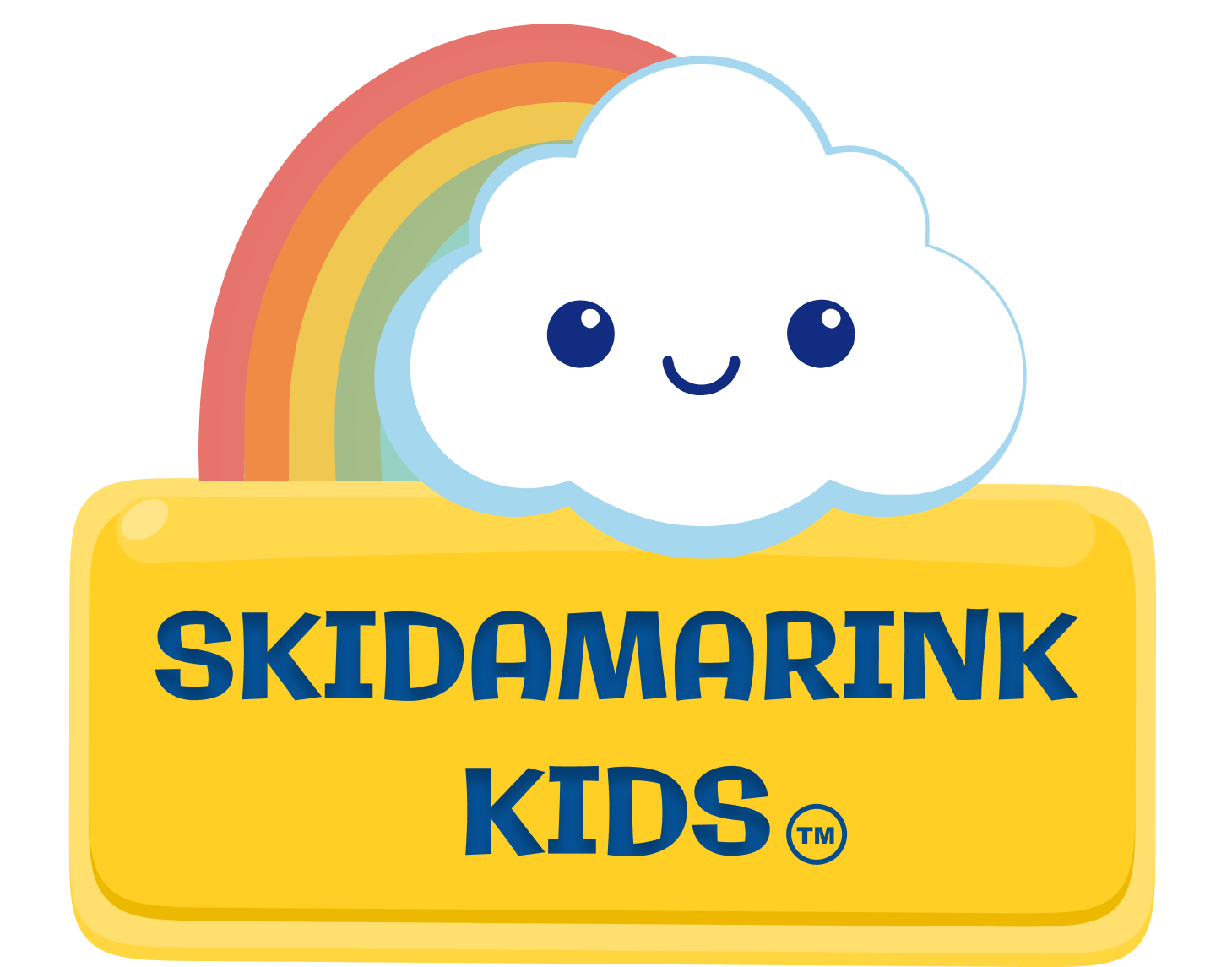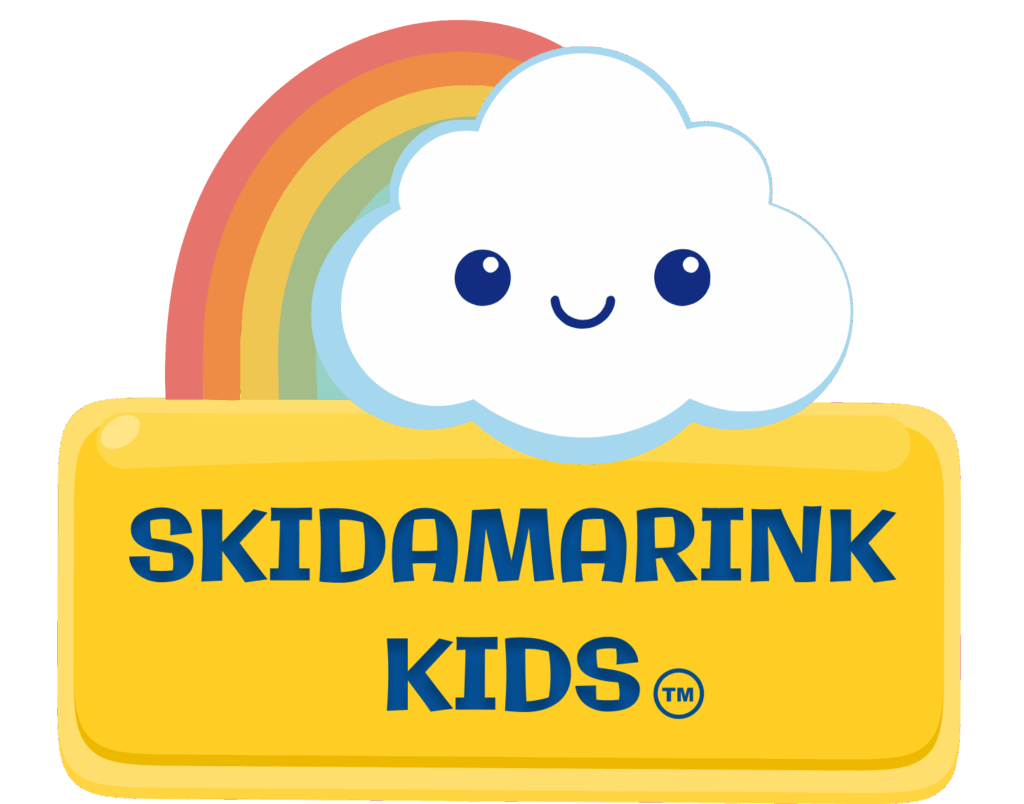Feeding Positions-For Breast and Bottle Feeding
As a new parent, finding comfortable feeding positions for you and your baby is one of the most important aspects of early parenthood. Whether you’re breastfeeding or bottle-feeding, the right position can transform feeding time from a source of stress into a peaceful, bonding experience you both look forward to. A key factor in positioning is to have your child’s body at an angle with their bottom lower than their head whenever possible. This aids in digestion and helps minimize reflux.
Making Comfort a Priority
As a new parent, finding comfortable feeding positions for you and your baby is one of the most important aspects of early parenthood. Whether you’re breastfeeding or bottle-feeding, the right position can transform feeding time from a source of stress into a peaceful, bonding experience you both look forward to.

Classic Cradle Hold
The cradle hold is often the first position many parents try, and it’s popular for good reason. Picture this: you’re sitting comfortably, and your baby is lying sideways across your lap with their head resting in the crook of your arm. Their whole body should be facing yours—tummy to tummy—creating that close connection you both need.
If you notice your arm getting tired or your baby seems uncomfortable, try adjusting the height of your nursing pillow or adding an extra cushion under your elbow. These small tweaks can make a huge difference in how long you can maintain one of the most comfortable feeding positions.
Football Hold
Also known as the clutch hold, this can be particularly comfortable after a C-section or for parents with twins. Tuck your baby alongside your body, under your arm like a football, with their feet toward your back and their head supported by your hand. A nursing pillow under your arm can provide the perfect height and support, making this one of the most comfortable feeding positions for recovery.
Many parents find this position gives them a clearer view of their baby’s latch, whether breast or bottle feeding. It’s also wonderful because it takes pressure off your abdomen if you’re healing from surgery.
Laid-Back Breastfeeding Position
This relaxed position, also called biological nurturing, works with gravity to help support your baby naturally. Lean back comfortably (not flat) on a couch or bed with good back support. Place your baby face-down on your chest, allowing them to naturally seek the breast. This position can trigger your baby’s natural feeding instincts and is especially soothing for both parent and baby during nighttime feeds.
What makes this one of the most comfortable feeding positions is that you’re not fighting gravity or holding all your baby’s weight. Your body becomes the support system, and many babies find their way to the breast almost instinctively.

Side-Lying Position
For those nighttime feeds when you’re exhausted, the side-lying position can be a game-changer. Lie on your side with a pillow supporting your head and another behind your back for stability. Your baby lies facing you, with their head at breast or bottle height. This works beautifully for both breastfeeding and bottle feeding when you need to rest.
Just remember to always return your baby to their safe sleep space after feeding. While this is one of the most comfortable feeding positions for tired parents, safety always comes first.
Bottle Feeding Positions
All the positions mentioned above work wonderfully for bottle feeding too; except the laid back position! The key is keeping your baby at a slight angle rather than completely flat. Hold them close against your body, whether in the cradle position, sitting upright against your chest, or even in the football hold.
For bottle feeding, try the upright position where your baby sits in your lap with their back against your stomach and chest. This position is especially helpful for babies with reflux. Just be sure you’re tipping the bottle enough to completely fill the nipple with milk.
Some parents love propping their baby on their legs with their back against their thighs and head near their bent knees. This creates a cozy cocoon that allows for easy eye contact and interaction while maintaining comfortable feeding positions for extended periods.
Signs Your Position Needs Adjusting
Your body will tell you if something isn’t quite right. A cramped neck, tingling arms, or an unusually fussy baby are all signs that you might need to make some adjustments to find more comfortable feeding positions. Don’t hesitate to experiment with different holds until you discover what works best for both of you.
Watch your baby too—if they’re struggling to stay latched, seem uncomfortable, or are taking in a lot of air, a position change might help. Sometimes just a small shift makes all the difference.
Supporting Your Success
Take time to set up your feeding station before you begin. Have everything you need within arm’s reach—water, snacks, burp cloths, your phone, or a book. This preparation means you won’t have to disturb comfortable feeding positions once you’ve found them.
Many parents create several feeding stations around their home so they’re never far from what they need. A basket with essentials can easily move from room to room, ensuring you’re always prepared.
Finding What Works for You
Remember, there’s no “perfect” position—only what works best for you and your baby at any given time. What feels comfortable at 2 weeks might not work at 2 months, and that’s completely normal. Your baby is growing, you’re both learning, and comfortable feeding positions evolve along with your journey together.
If you’re struggling to find positions that work, don’t hesitate to reach out to a lactation consultant or your healthcare provider. They can observe your specific situation and offer personalized guidance. Sometimes having an experienced eye watch you feed can reveal simple adjustments that make everything click into place.
The Beautiful Dance of Feeding
Every parent and baby pair eventually finds their rhythm with comfortable feeding positions that feel natural and easy. Be patient with yourself as you discover what works best for your family. These early days of feeding, while sometimes challenging, are precious moments of connection with your little one.
You’re not just feeding your baby—you’re building trust, creating security, and establishing patterns of closeness that will shape your relationship for years to come. Each feeding is an opportunity to learn more about each other, to slow down in our busy world, and to simply be present together.
Trust your instincts, be gentle with yourself during the learning process, and know that with time and practice, comfortable feeding positions will become second nature. Before long, you’ll be able to feed your baby in your sleep (and you might literally do that during those nighttime feeds!)
Want to learn more about feeding your newborn?
Check out our guide on Sucking Patterns for Breast and Bottle-Fed Babies: What’s Normal? to understand your baby’s feeding rhythms. And don’t miss.
Baby Hunger Cues: How to Know When Baby Is Hungry or Full to recognize when your baby is hungry or needs a break during feeding time.
Newborn Feeding Guide: Complete Guide for Parents for more insights to feeding you baby.
Want to learn more tips for the new parents of babies 0-3 months:
Check out my blogs for support on taking care of your baby during the forth trimester:
Newborn Care Tips for Parents: First 8 Weeks Guide and How to Understand Newborn Cues: Early Communication Guide for support during the early months.
Note to Parents
This blog is for informational purposes and not medical advice. My desire is to help you do what you can to support your child’s development in a natural way. Please reach out to your child’s pediatrician if you have developmental concerns.
-Ali








